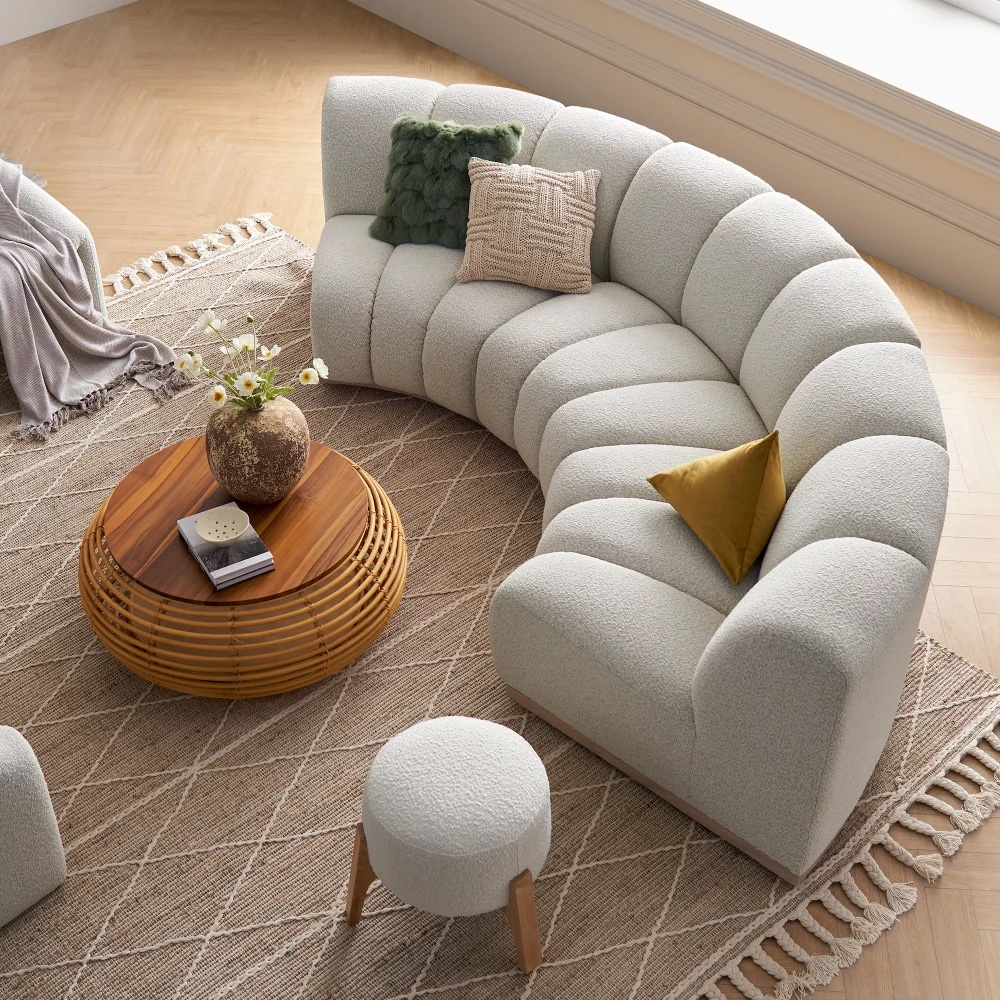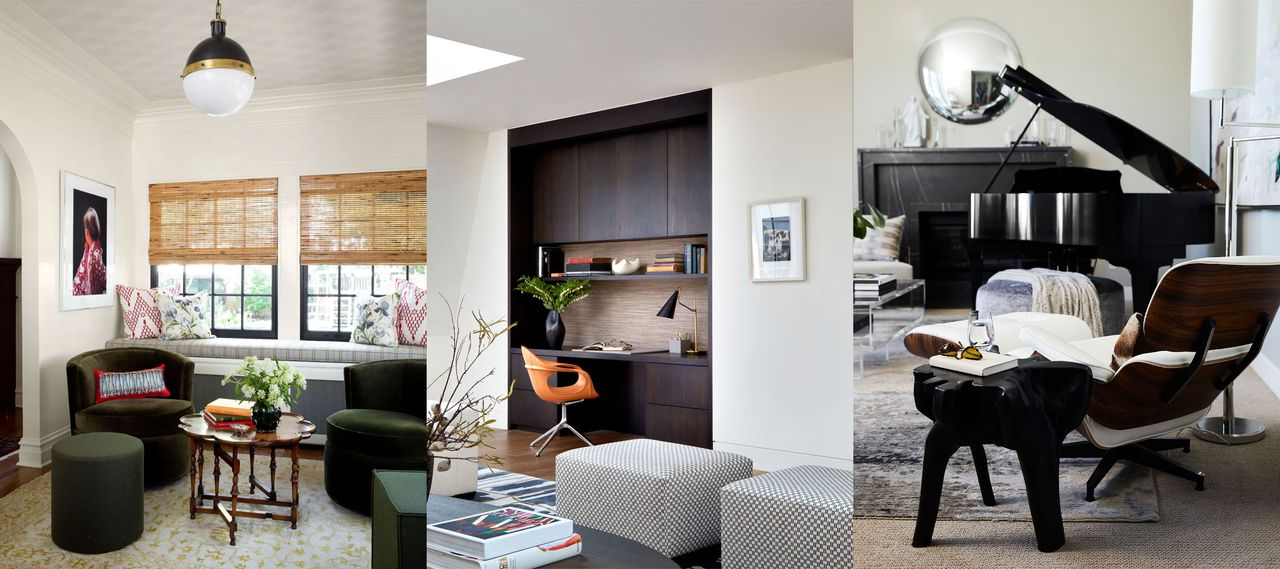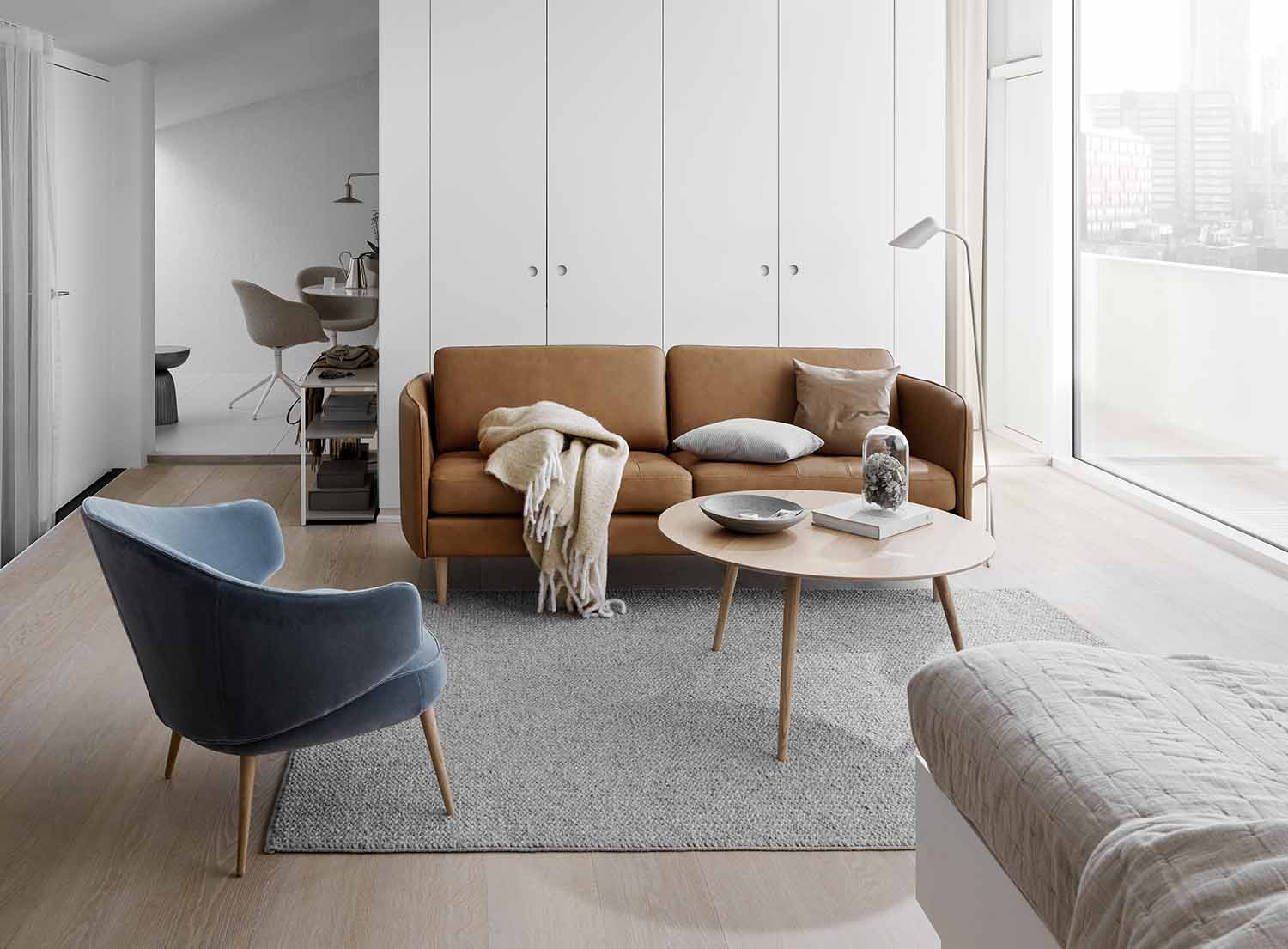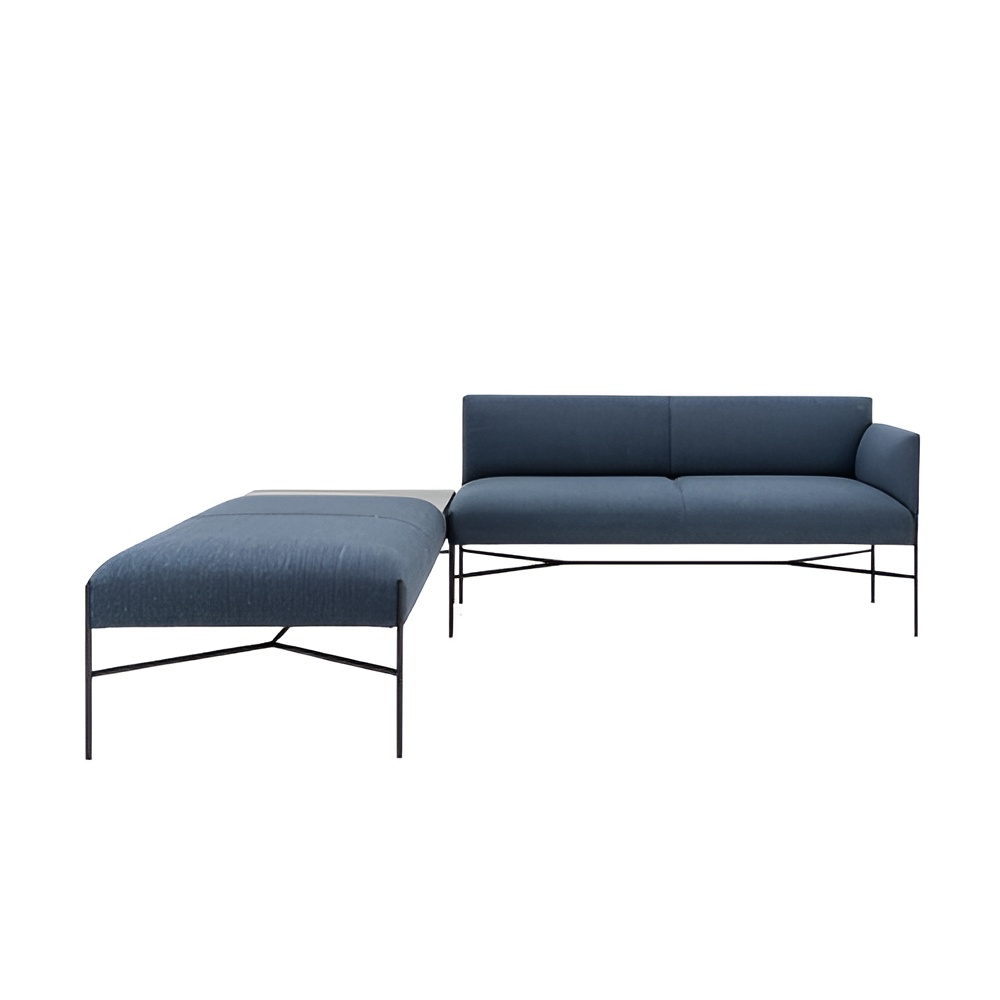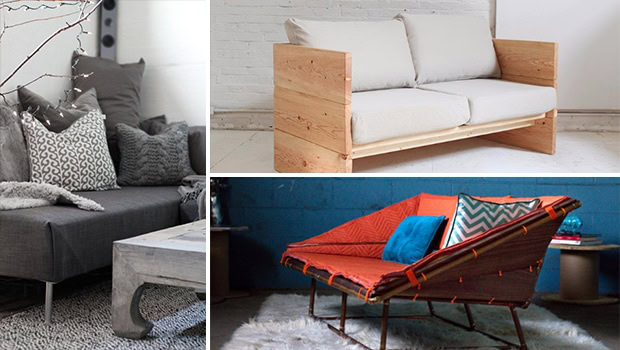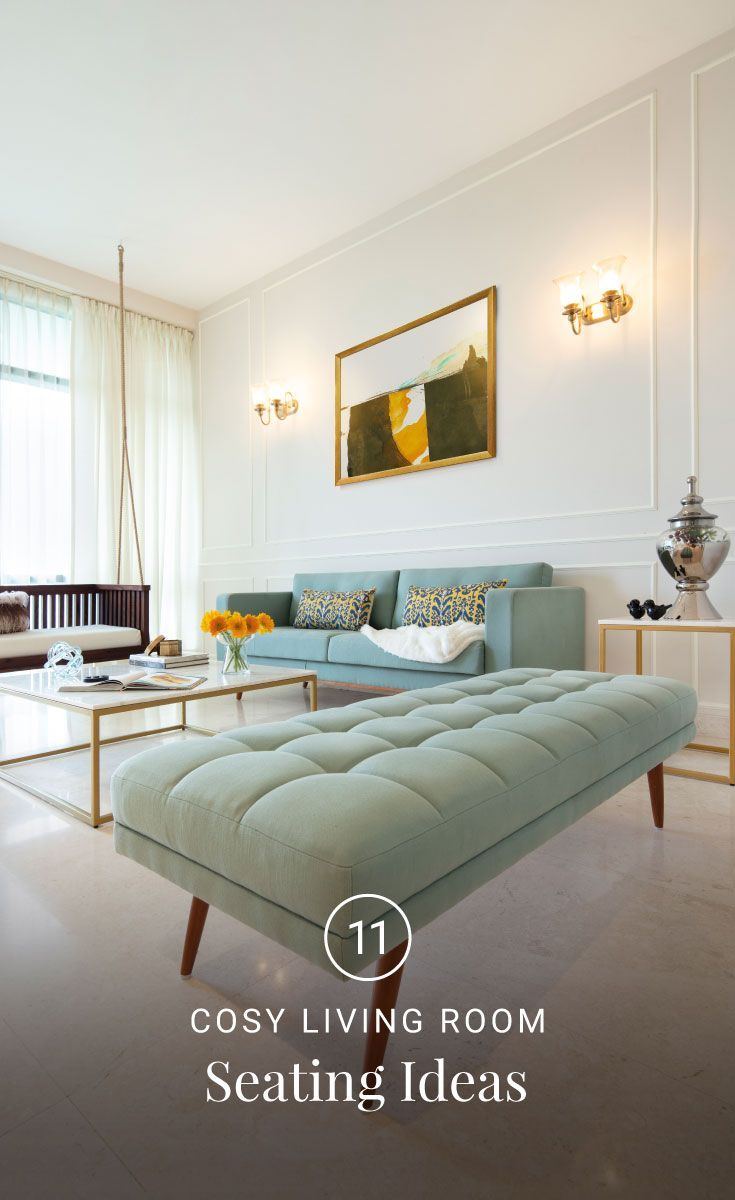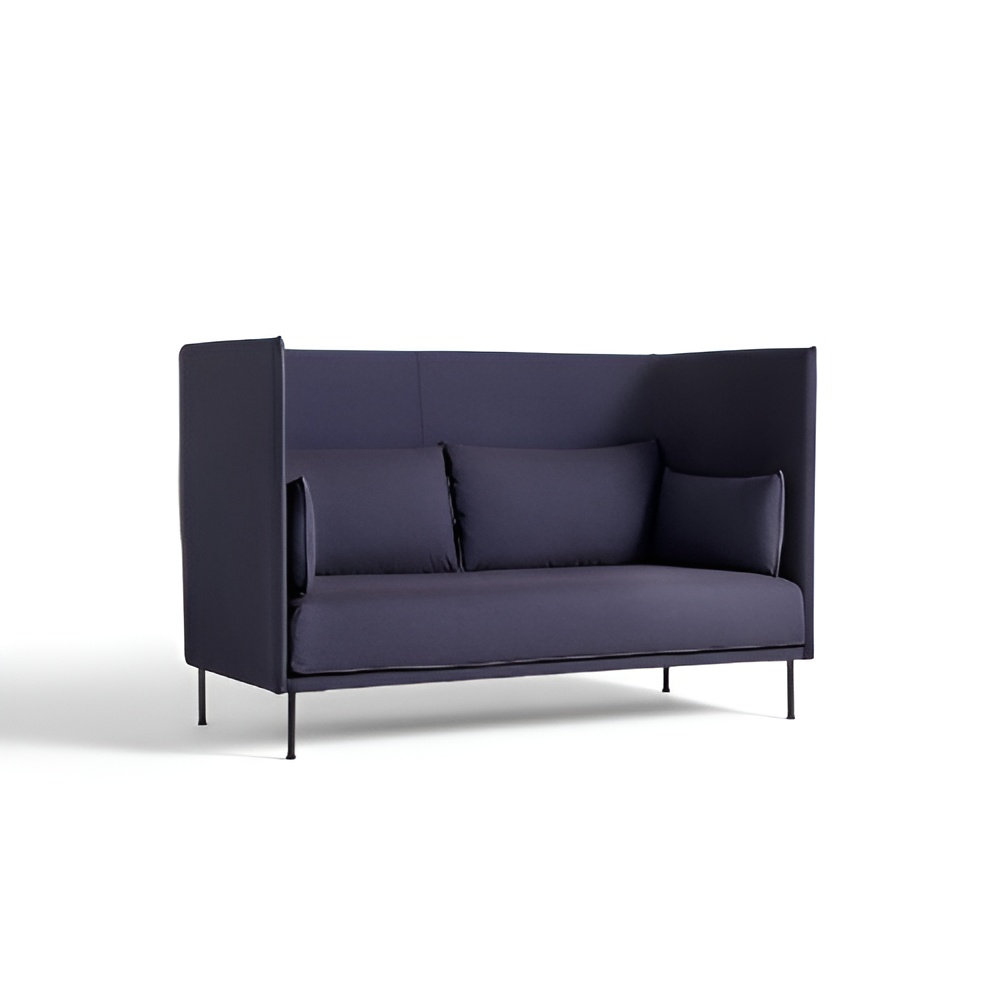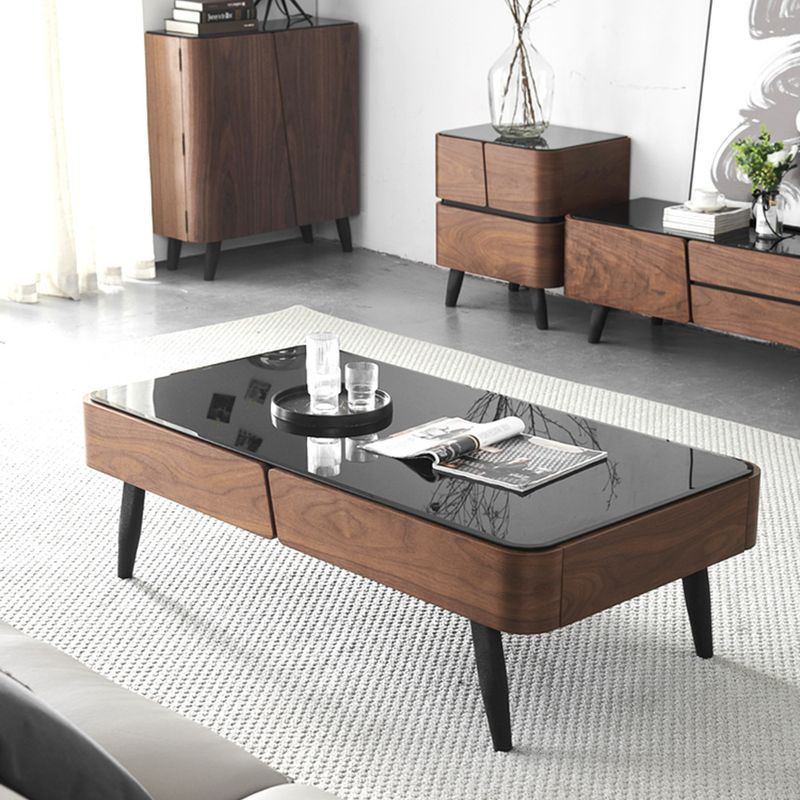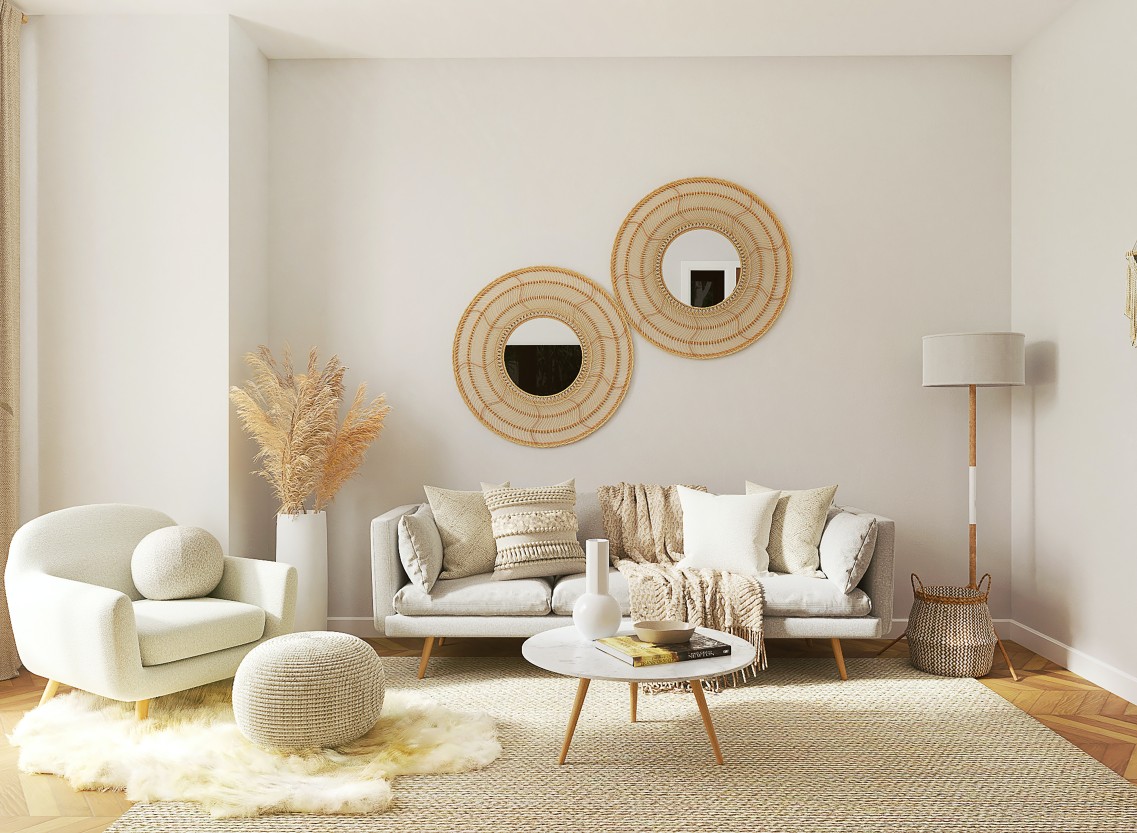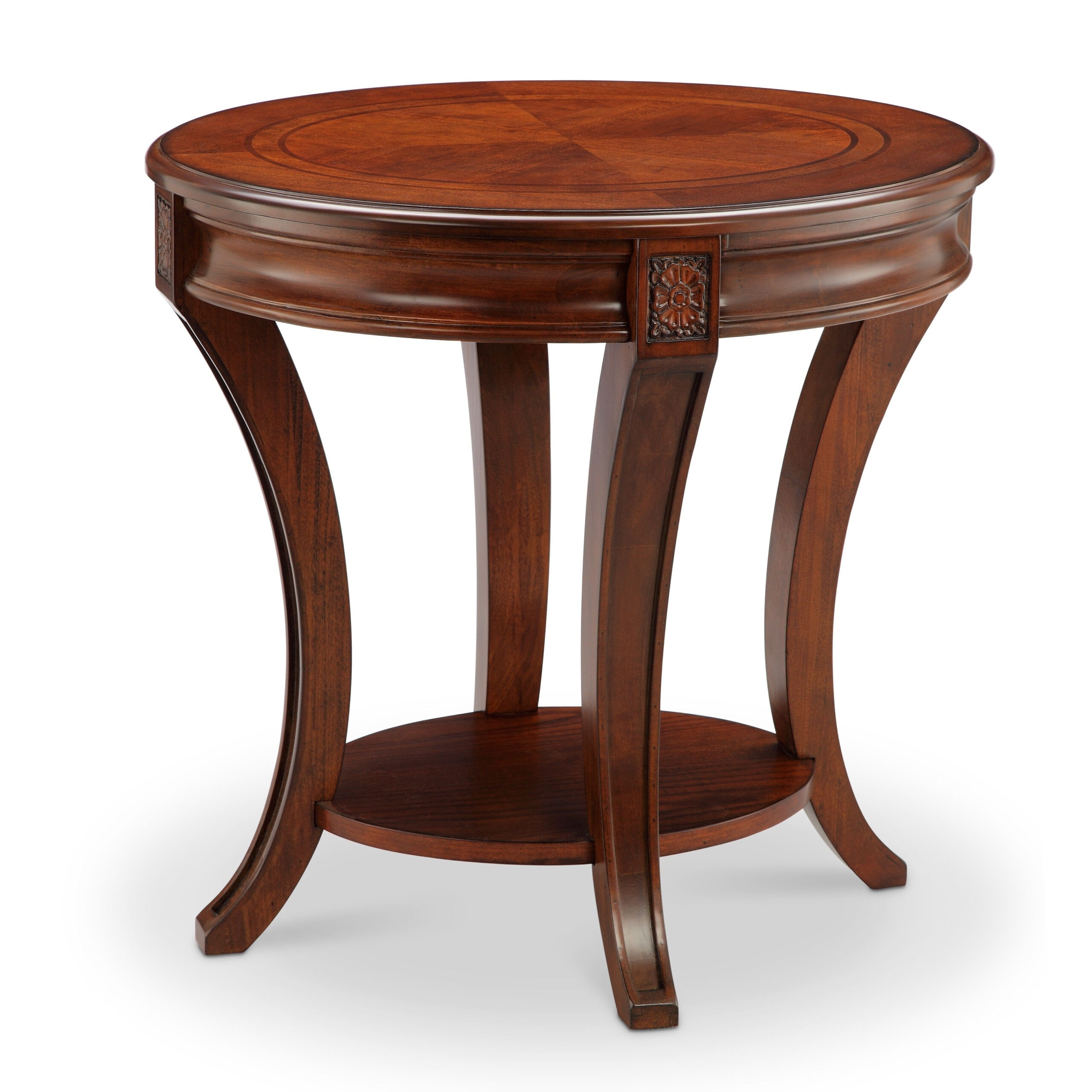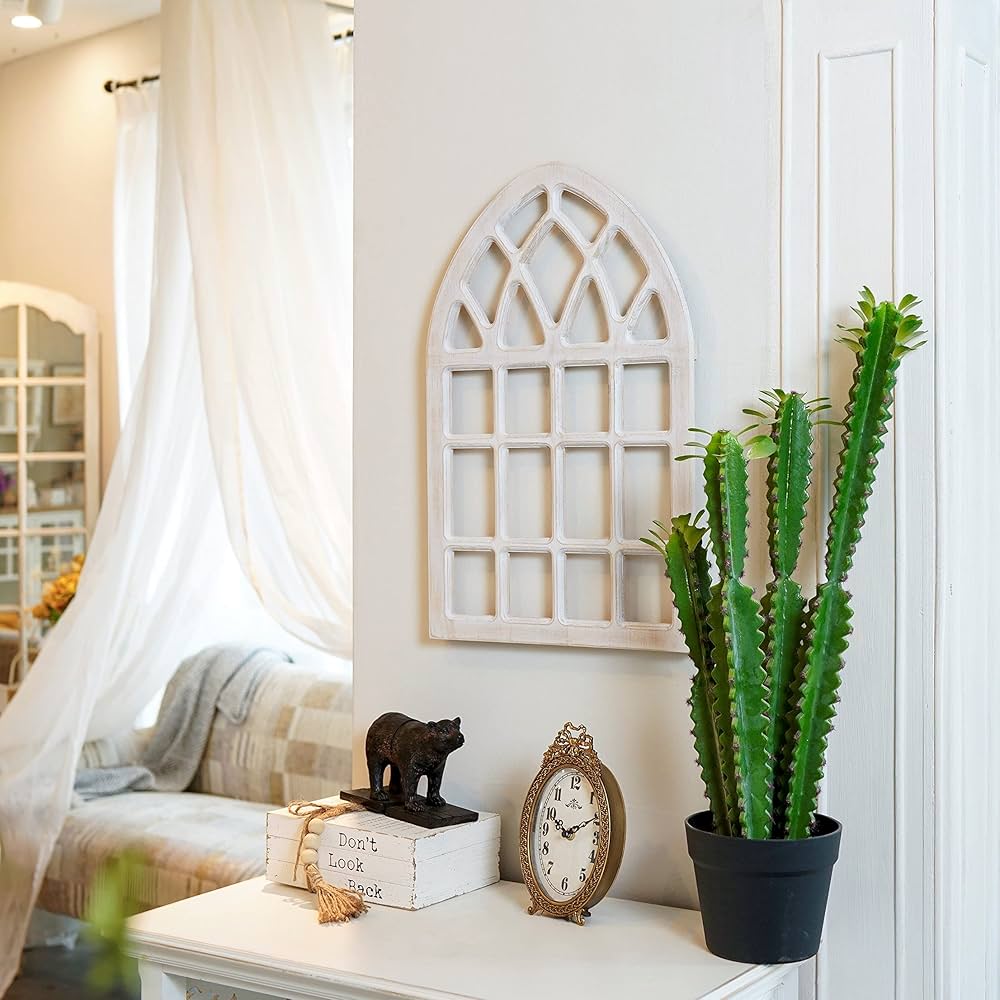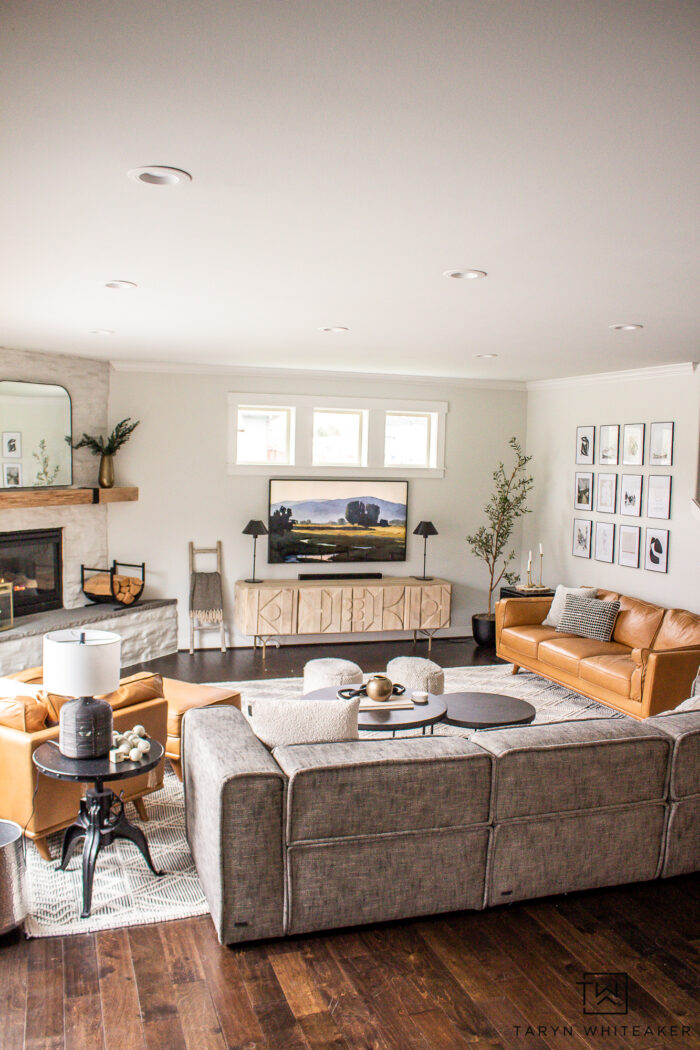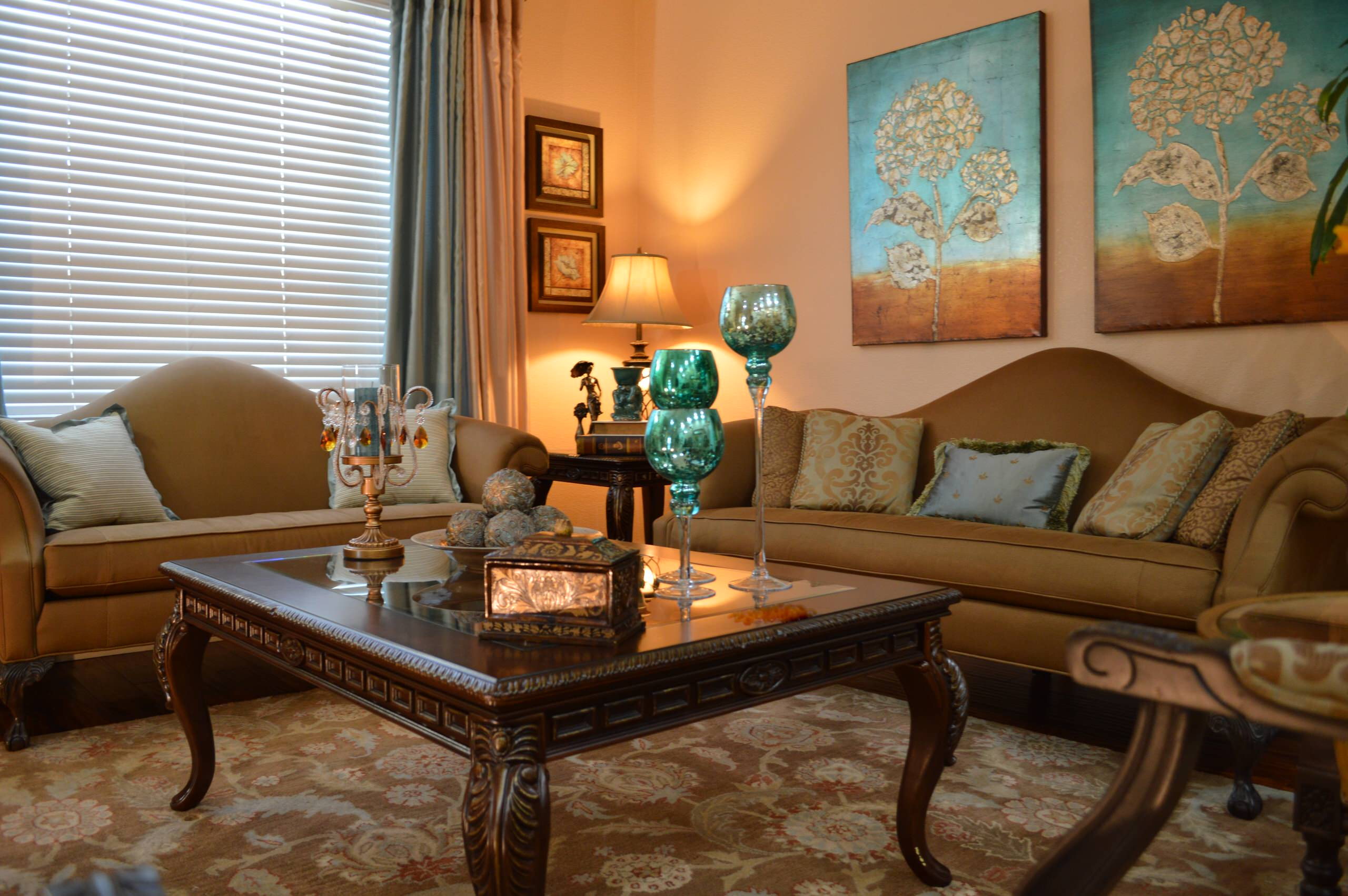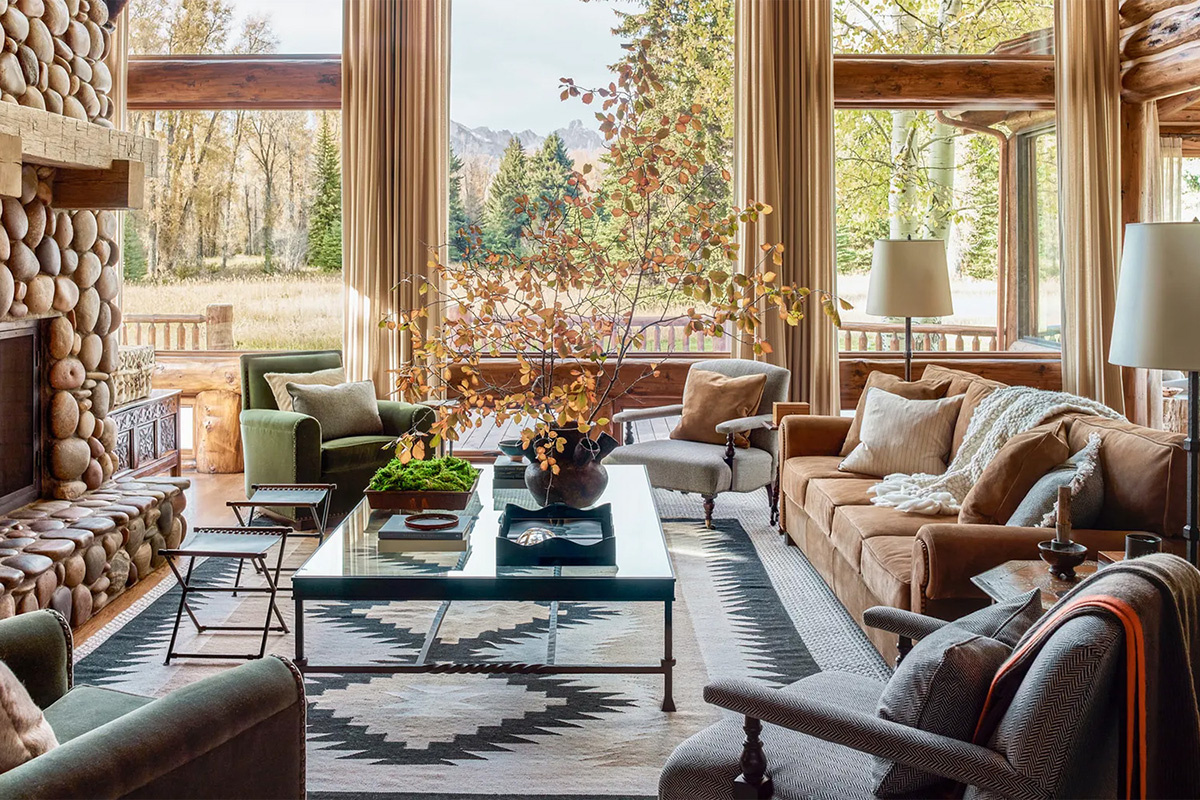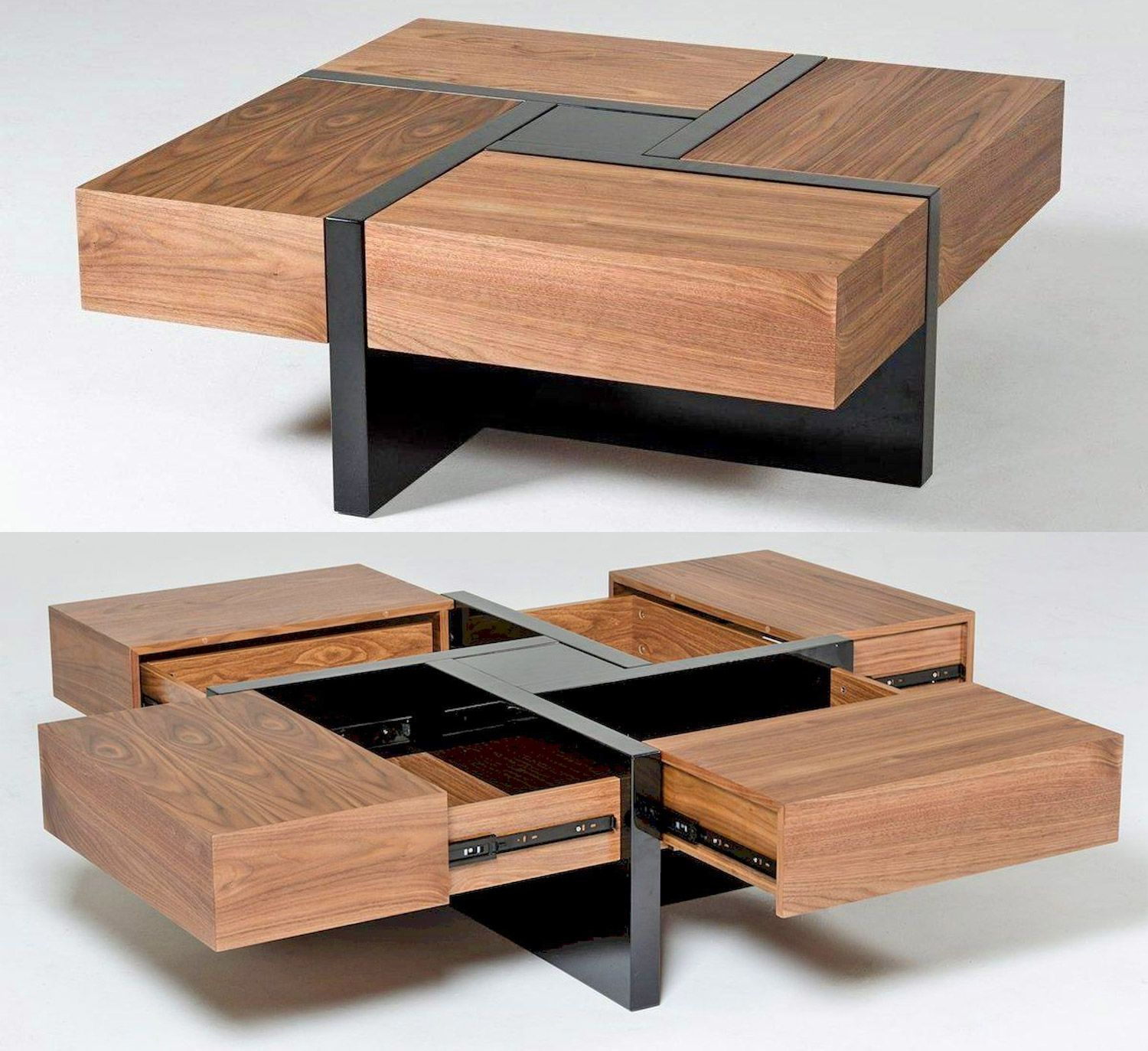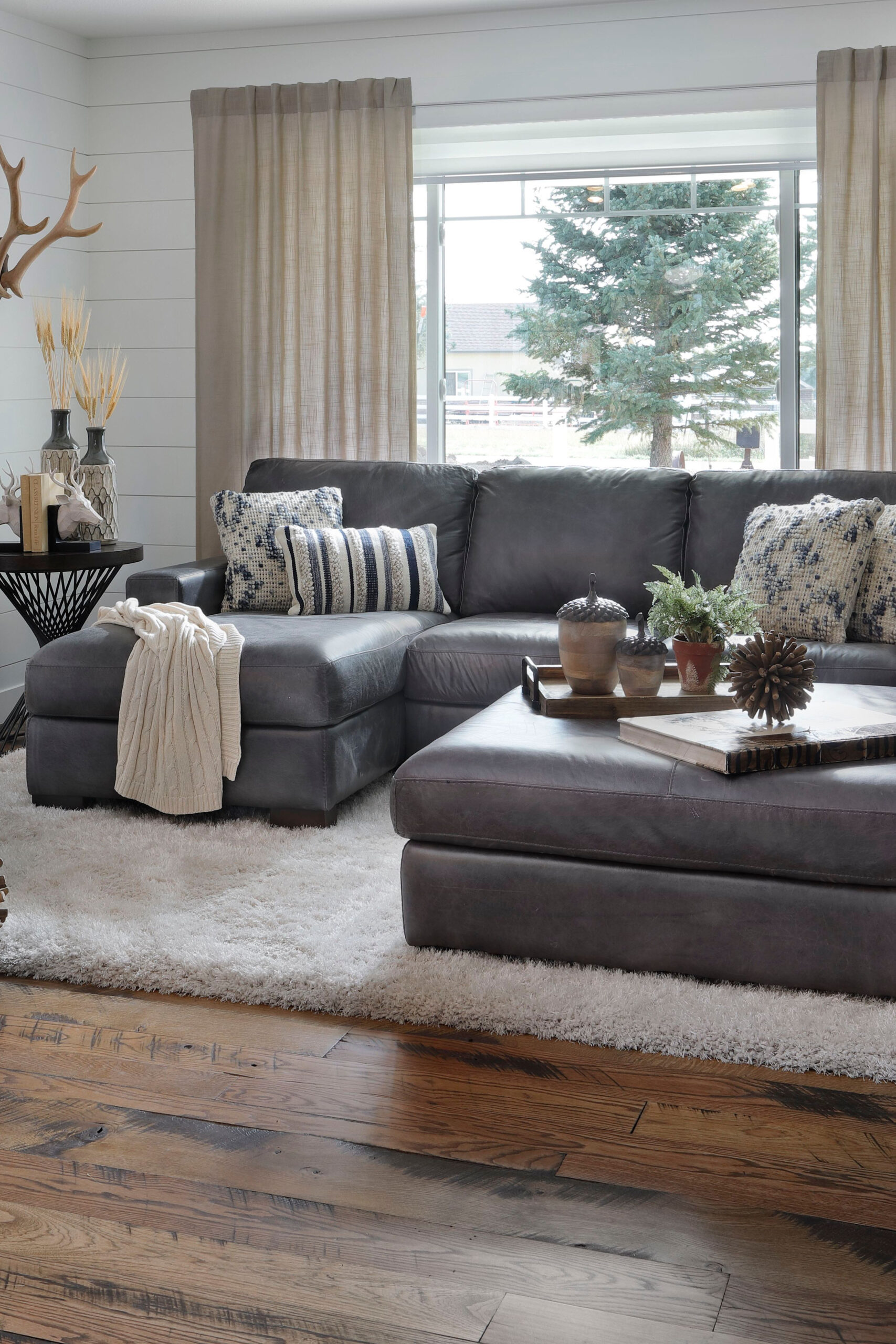We spend so much time in our living rooms, don’t we? It’s often the heart of the home, where laughter echoes, stories are shared, and memories are made. But how often do we really think about what our living room is saying about us? Is it just a collection of furniture, or is it a vibrant canvas that truly expresses who you are? Let’s dive deep into creating a space that’s not just comfortable, but deeply personal.
Think about your favorite room in your house. What makes it special? Chances are, it’s not just the comfiest couch or the newest gadget. It’s the feeling it evokes, the little details that spark joy, and the way it simply feels like you. Designing a living room that tells your story is about intentionally weaving your personality, passions, and experiences into the very fabric of the space. It’s about moving beyond the standard design templates and creating something authentic, something that resonates with your soul. Ready to transform your living area into a true reflection of yourself?
The Foundation: Understanding Your Personal Palette
Before you even think about paint colors or furniture placement, take a moment for some introspection. What colors make you feel energized or calm? What textures do you gravitate towards? Are you drawn to clean, minimalist lines, or do you prefer a more eclectic, bohemian vibe? Consider your hobbies and interests. If you love to read, perhaps a cozy reading nook is essential. If you’re a traveler, display those cherished souvenirs. Your personal style isn’t just about what’s trendy; it’s about what genuinely brings you happiness. Gather inspiration not just from interior design magazines, but from your own life experiences. Think about places you’ve loved, art that moves you, and even the music you listen to. This forms your unique design vocabulary.
Color Your World: More Than Just a Hue
Color is a powerful communicator. It sets the mood and can profoundly impact how you feel in a space. Are you someone who thrives on vibrant energy? Bold blues or fiery reds might be your allies. Prefer a tranquil sanctuary? Soft greens, muted grays, and warm neutrals can create a serene atmosphere. Don’t be afraid to experiment with accent walls or pops of color through accessories like throw pillows and artwork. Even the undertones of your neutral colors can tell a story. A cool gray might speak to a more modern, sophisticated sensibility, while a warm beige hints at coziness and tradition. Think about the emotional response you want your living room to evoke.
Texture and Tactility: The Feel of Your Story
Beyond color, texture adds depth and interest. It’s about creating a sensory experience. Imagine a room with only smooth, hard surfaces – it might feel sterile. Now, picture that same room with a plush rug underfoot, a chunky knit throw draped over the sofa, and perhaps some natural wood elements. Suddenly, it feels inviting and alive. Mix and match textures: the smooth coolness of glass or metal, the warmth of wood, the softness of velvet or linen, the ruggedness of jute or rattan. These tactile elements invite touch and make the space feel more lived-in and personal. Think about the contrast between different materials and how they play off each other.
Art & Accessories: The Chapters of Your Life
This is where your personality truly shines through. Your living room should be a curated gallery of your life. Display artwork that resonates with you, whether it’s original paintings, prints, or even your own creations. Photographs of loved ones, cherished travel mementos, books that have shaped your thinking, collections of objects you adore – these are the details that transform a house into a home. Don’t just fill shelves for the sake of it. Choose items that have meaning and tell a part of your story. Grouping items can create a visually appealing display, and rotating them can keep the space feeling fresh.
Furniture Arrangement: The Flow of Your Narrative
How you arrange your furniture dictates how the room flows and how people interact within it. Think about the purpose of your living room. Is it primarily for entertaining guests, or is it a cozy spot for family movie nights? Create conversation areas that encourage connection. Ensure there’s a natural flow through the room, making it easy to move around. Don’t be afraid to break away from the traditional sofa-facing-the-TV setup if it doesn’t serve your needs. Consider the scale of your furniture in relation to the room. Oversized pieces can make a small room feel cramped, while too little furniture can make a large room feel empty. The arrangement should support the activities you most enjoy in the space.
Lighting: Illuminating Your Atmosphere
Lighting is often overlooked, but it’s crucial for setting the mood. Layering your lighting is key. You’ll want ambient lighting for general illumination, task lighting for activities like reading, and accent lighting to highlight artwork or architectural features. Dimmers are your best friend here, allowing you to adjust the light levels throughout the day and for different occasions. Consider the warmth of the bulbs – cooler tones can feel more modern, while warmer tones create a cozier, more inviting ambiance. Strategically placed lamps and even candles can completely change the feel of a room, transforming it from functional to fabulous.
Designing a living room that tells your story is an ongoing, evolving process. It’s not about achieving a perfect, static look, but about creating a space that feels authentic and evolves with you. Embrace the imperfections, celebrate your unique tastes, and don’t be afraid to infuse your living room with the things that truly matter to you. When your living room reflects your journey, your passions, and your spirit, it becomes more than just a room – it becomes a cherished haven, a true extension of who you are. So go ahead, make it yours. Tell your story, one thoughtfully chosen detail at a time.

